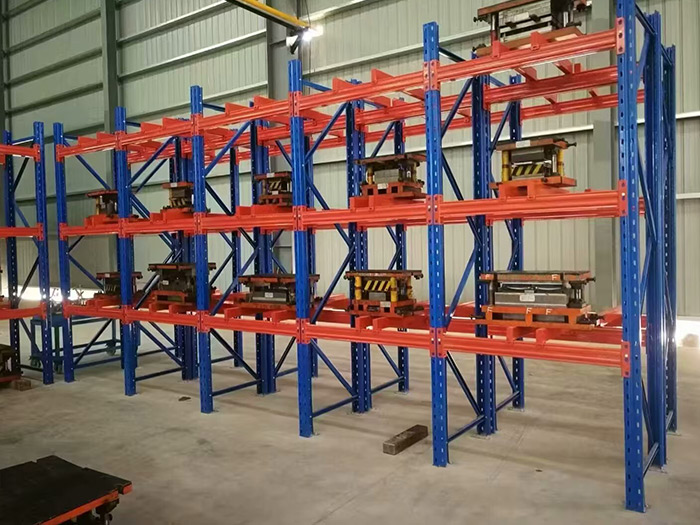Unveiling the Building Blocks: A Comprehensive Guide to Construction Materials for Houses
2 min readConstructing a house involves careful consideration of various materials that form the foundation, structure, and aesthetics of the building. From traditional choices to innovative alternatives, this article explores the wide array of materials typically used in house construction. Gain insights into their properties, benefits, and applications to make informed decisions for your dream home.
- Foundation Materials:
The foundation is the backbone of any house, providing stability and support. Common materials used include:
- Concrete: Renowned for its strength and durability, concrete is a popular choice for foundations. It offers excellent load-bearing capacity and can withstand various weather conditions.
- Reinforcing Steel: Often used in conjunction with concrete, reinforcing steel enhances the foundation's strength by providing tensile reinforcement.
- Structural Materials:
The structural components of a house determine its overall strength and stability. Here are some key materials employed in this phase:
- Wood: A versatile and renewable resource, wood is widely used for framing and structural elements. It offers excellent strength-to-weight ratio, ease of construction, and natural insulation properties.
- Steel: Known for its exceptional strength, steel is commonly used in beams, columns, and other load-bearing structures. It provides superior resistance to fire, pests, and adverse weather conditions.
- Masonry: Bricks, concrete blocks, and stone are popular choices for load-bearing walls. These materials offer durability, thermal insulation, and soundproofing capabilities.
- Roofing Materials:
The roof protects the house from external elements and contributes to its aesthetic appeal. Some commonly used roofing materials include:
- Asphalt Shingles: Affordable and easy to install, asphalt shingles are the most prevalent roofing material. They come in various styles, colors, and durability options.
- Clay or Concrete Tiles: These materials offer a timeless and elegant look to the house. They are durable, fire-resistant, and provide excellent insulation.
- Metal Roofing: Increasing in popularity, metal roofs offer longevity, energy efficiency, and a modern appearance. They are available in different metals like steel, aluminum, and copper.
- Exterior Finishes:
The exterior finishes not only enhance the house's visual appeal but also protect it from the elements. Some commonly used materials include:
- Vinyl Siding: This low-maintenance material is available in a wide range of colors and styles. It is durable, resistant to fading, and offers good insulation.
- Fiber Cement: Composed of cement, sand, and cellulose fibers, fiber cement siding is known for its durability, fire resistance, and resistance to pests and rot.
- Stucco: A traditional choice, stucco provides a textured and decorative finish. It is durable, low-maintenance, and offers excellent weather resistance.
Conclusion:
Building a house involves a careful selection of materials that ensure structural integrity, durability, and aesthetic appeal. By understanding the properties and applications of various construction materials, you can make informed decisions to create your dream home. Remember to consult professionals and consider local building codes and regulations to ensure the best results. Embark on your construction journey with confidence, knowing that you have the knowledge to choose the right materials for your house.



